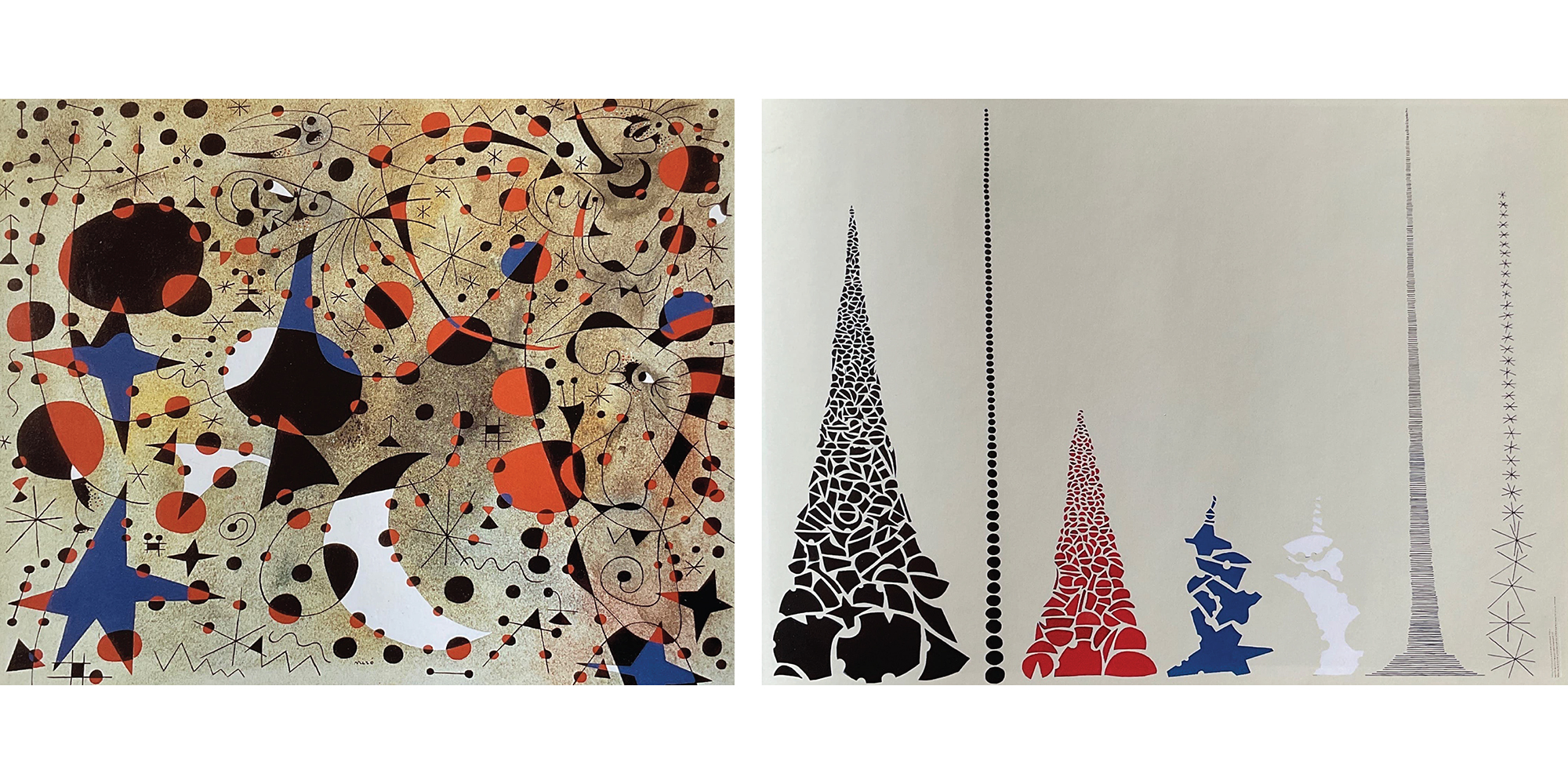New article in Geography and Sustainability - Analyzing the extent and use of impervious land in rural landscapes
The rapid increase in impervious surfaces presents significant challenges to sustainable land management. Our paper explores how sealed surfaces, often associated with urbanization, are also prevalent in rural regions and what these surfaces are used for.

Impervious surfaces, such as roads, buildings, and other infrastructure, are commonly linked to urbanization. However, recent research reveals that these surfaces are increasingly found in rural areas, with significant implications for sensitive scenic landscapes with cultural heritage and high biodiversity value. This study conducted in the Canton of Bern in Switzerland has shown that the total extent of impervious surfaces in rural regions is almost as large as in urban regions. The research utilized authoritative vector data, high-resolution aerial imagery combined with deep learning algorithms to quantify and classify the use of impervious surfaces in rural landscapes outside of building zones. Our findings show that the surfaces are predominantly used for transport infrastructure and agricultural purposes, such as farmhouses and livestock buildings. Effective management of these surfaces is crucial for sustainable rural development, balancing the needs for agriculture and infrastructure with the preservation of natural landscapes and their ecological functions. This study provides essential insights for policymakers aiming to mitigate the environmental impacts of impervious land use.
Read the article here: external page https://doi.org/10.1016/j.geosus.2024.08.004